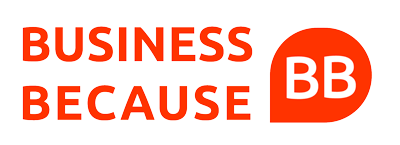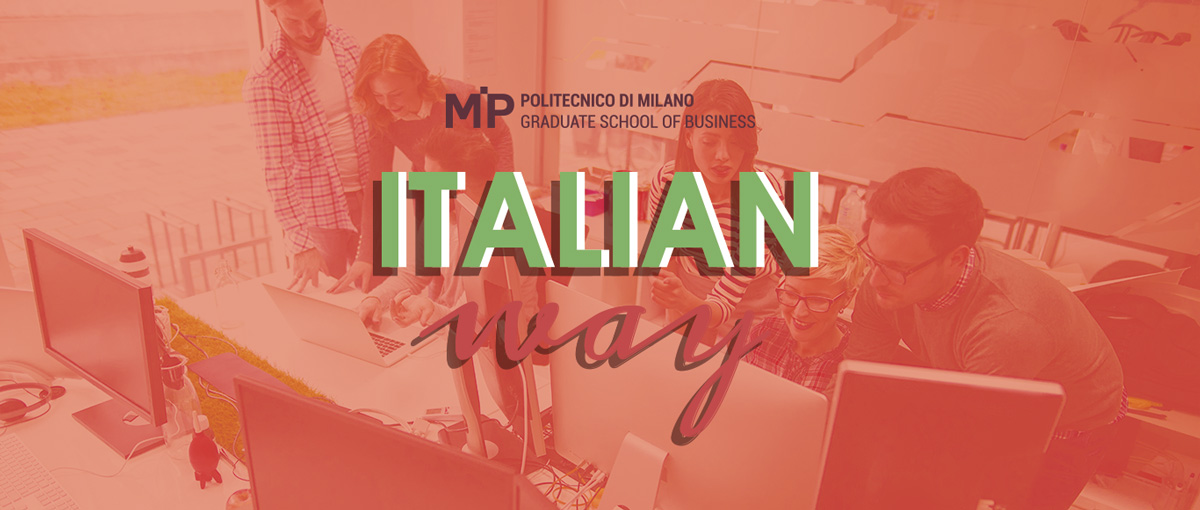
The secret of Italian excellence? People, without a doubt. It’s one of the teachings that students enrolled in the International Master in Marketing Management, Omnichannel and Consumer Analytics programme of the School of Management at the Politecnico di Milano “took home”. Five days, from 6 to 10 May, in which well-known Italian companies talked about their approach to the Italian Way, illustrating the characteristics that led to their brand’s success.
Studying and innovating
«We at Artemide have always been very supportive of collaborating with all those groups in which research and training are priorities, in the university setting but not only», explained Laura Salviati, marketing and communication manager of the company which is a leader in the lighting sector. «For over twenty years now we have worked with the Politecnico and other educational institutions. The spirit of Artemide is to support training accompanying it with research. We launched a campaign, GenerAction, that follows this double track. We support young talents that have distinguished themselves for their ideas: for example, using the laser to connect to Internet (Valerio Pagliarino) or coming up with a way to detect lead in water (Gitanjali Rao). Intuitions that are also far from our company, tied to light and its variants, but on which we want to focus on all the same. Because we care about innovation regardless of its application». And Piaggio also cares about innovation, as stresses the executive vice president for marketing and communication Davide Zanolini: «Piaggio is the ideal environment for those who want to address the new challenges offered by the present and the future. We work on hybrid, on sustainability, on artificial intelligence systems. We have even opened in Boston, in the United States, a plant entirely dedicated to robotics. We are strongly oriented towards continuous growth». A characteristic that is also encouraged among employees.
The team spirit is born at the university
However, the proactive approach must also involve studying. Indeed, it would be a mistake to passively face this period of learning. Dennis de Munck, head of employer branding in Ferrari, wanted to offer some very clear advice: «There’s nothing more precious than curiosity, a characteristic that shouldn’t be set aside when studying, but instead should be cultivated. It’s the best moment for learning, discussing not only with professors but also colleagues. A one-of-a-kind opportunity, that helps to improve oneself and the ability to work in a team». As de Munck explains, Ferrari believes that the education of people is fundamental. «Throughout the world we form selective partnerships with the best universities, in every field. It’s a two-way relationship: we bring our experience to students, but at the same time we listen to know the needs of the workers of today and tomorrow».
A similar approach is taken by Alessi, a historic Italian design brand, as explains CEO Marco Pozzo: «We want the people who work with us to be put in the best condition to maximize their skills. Our Omnichannel division, for example, was born thanks to the creation of a new team made up of human resources already present in the company and hailing from different fields like marketing, sales, information systems. Thanks to the union of their expertise, we can face the challenges and take advantage of the opportunities offered by digital».
Training: a corporate mission
The value of companies, therefore, no longer consists solely of the product. It’s a consideration that applies to consumers, increasingly inclined to reward groups with a strong brand identity, but also for those who are considering a job: «Today more than ever, the sense of purpose conveyed by the company is important. What is the goal? What is the purpose? What are the values in play, and what can a company give its workers? Those who choose Ferrari», continues de Munck, «want to share their capabilities and increase their skills, in a perspective that is both top down and bottom down. In addition, training no longer takes place solely upon entering the company, but over one’s entire career. For us it is important that this applies to everyone, blue-collar and white-collar employees, labourers and managers. Our company professions school is open to everyone.».
The strength of ideas
Learning and knowing how to enhance your capabilities, therefore. The same message that came from Tancredi Alemagna, chief executive of T’a Milano, a Milanese confectionary company also active in the events, catering and banquet sectors: «Our country is facing an economically turbulent period. I and my brother started out in two, working from a room, entering a ruthless sector like food. Despite the difficulties, today we have 54 employees. We are a country with many brilliant minds. This makes the difference compared to competitors. With a strong and original vision, emerging is a possible challenge».

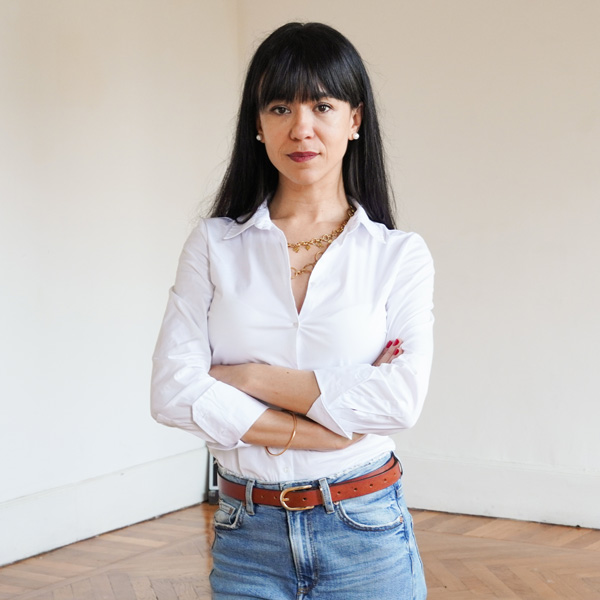
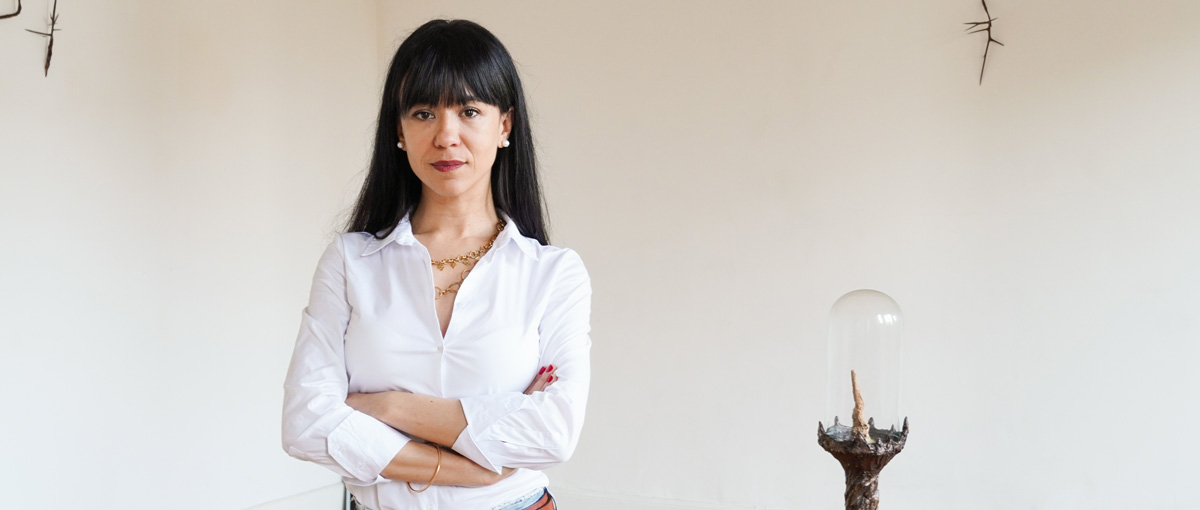 As I’m about to finish my MBA journey at MIP soon, I wanted to share an interview focused on the Italian cultural scene, where I would like to continue working after graduating. I would like to introduce Gabriela Galati, a very special friend and colleague who came to Italy from Argentina twelve years ago and is currently Director of the Milanese art gallery
As I’m about to finish my MBA journey at MIP soon, I wanted to share an interview focused on the Italian cultural scene, where I would like to continue working after graduating. I would like to introduce Gabriela Galati, a very special friend and colleague who came to Italy from Argentina twelve years ago and is currently Director of the Milanese art gallery 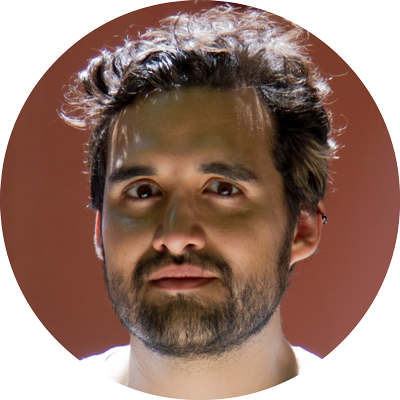
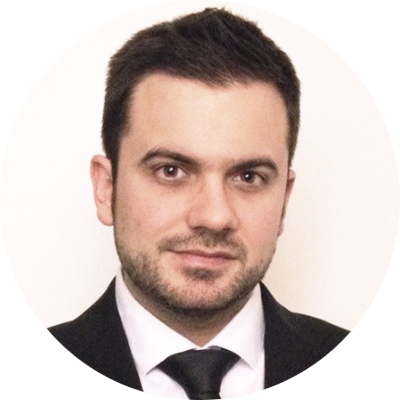


 Creativity and innovation have always been at the core of marketing. The function used to depend on one’s talent to dazzle the audience, like Mad Men’s Don Draper. Creativity and innovation are still very important, but are being enhanced by data and technology. Marketing is one of the fastest-changing professions of the 21st century, with neuroscience, artificial intelligence and data analytics reshaping the work.
Creativity and innovation have always been at the core of marketing. The function used to depend on one’s talent to dazzle the audience, like Mad Men’s Don Draper. Creativity and innovation are still very important, but are being enhanced by data and technology. Marketing is one of the fastest-changing professions of the 21st century, with neuroscience, artificial intelligence and data analytics reshaping the work.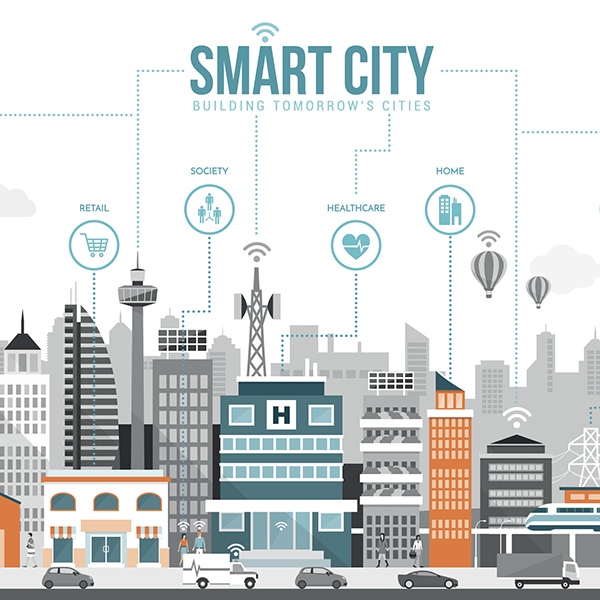
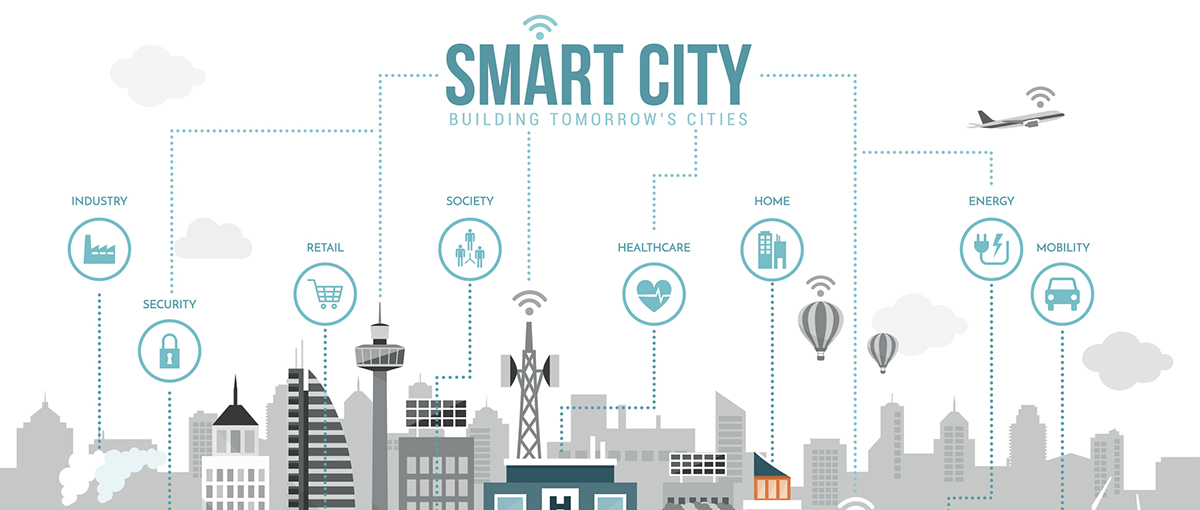
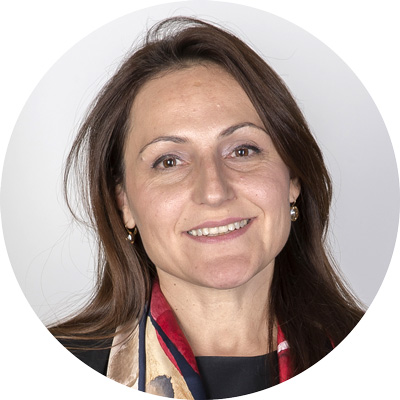

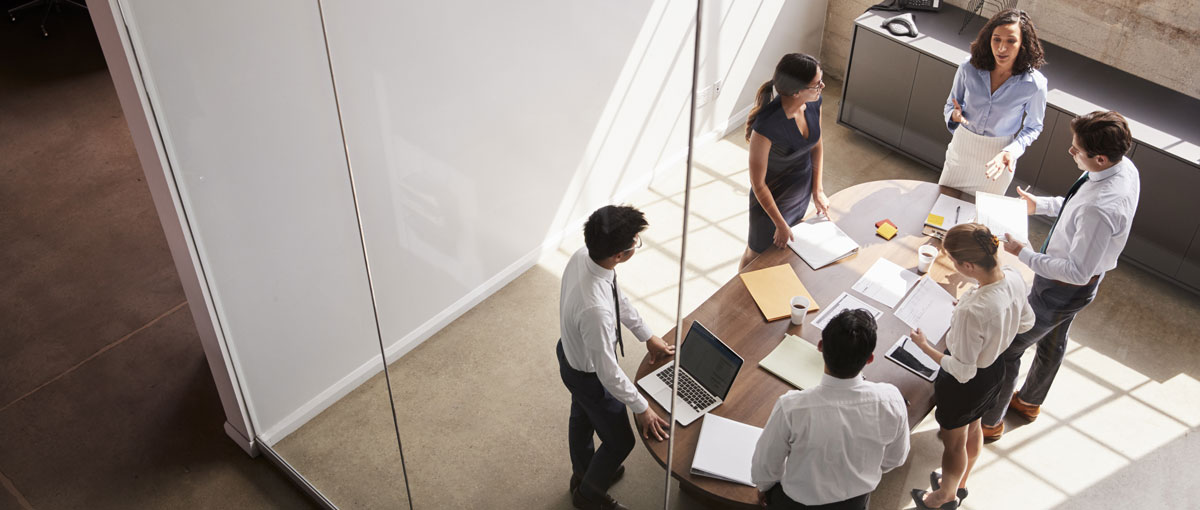
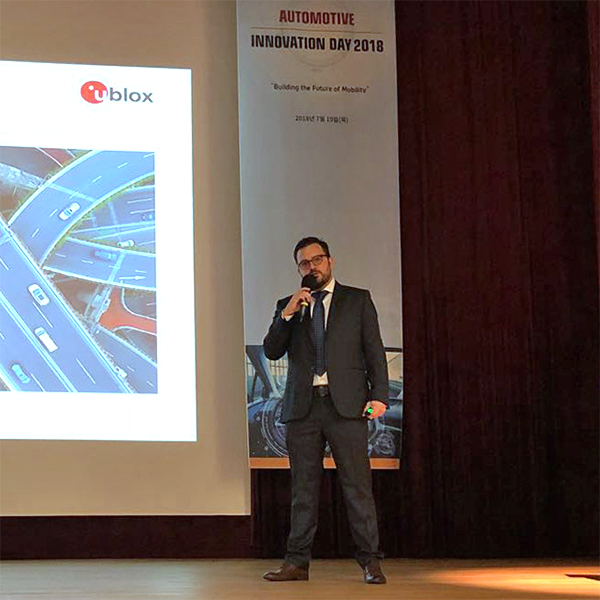
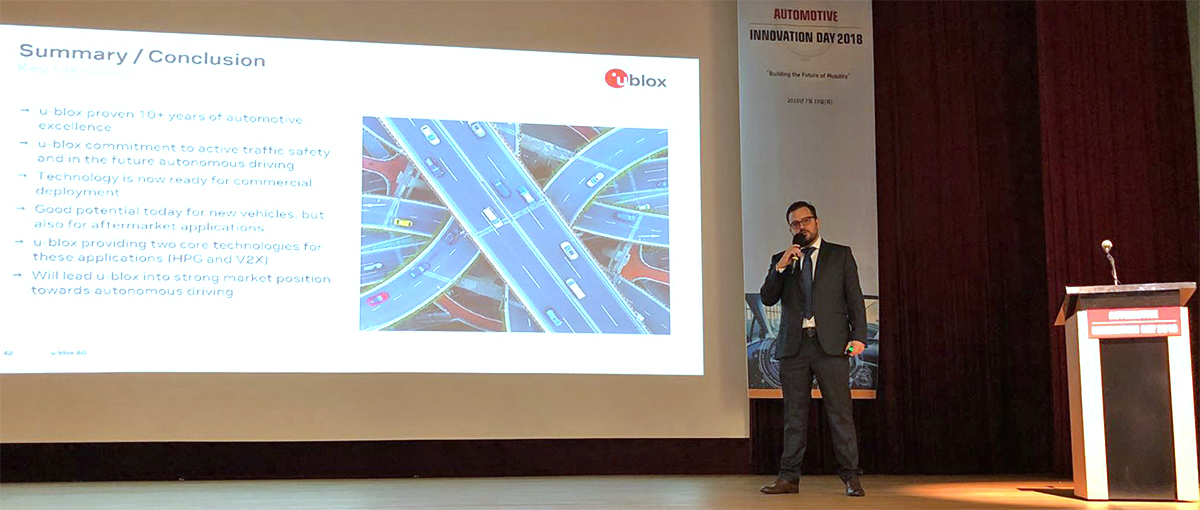
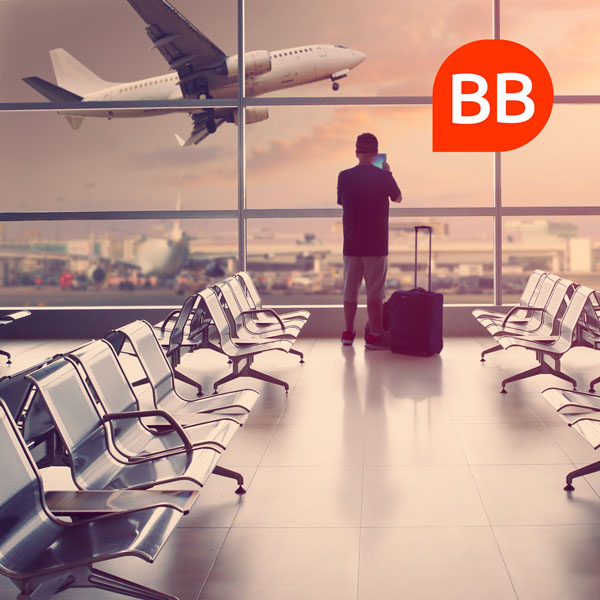
 From international trade to business development, Ernesto Ibarra’s career was thriving in his Northern Mexican hometown of Monterrey.
From international trade to business development, Ernesto Ibarra’s career was thriving in his Northern Mexican hometown of Monterrey.